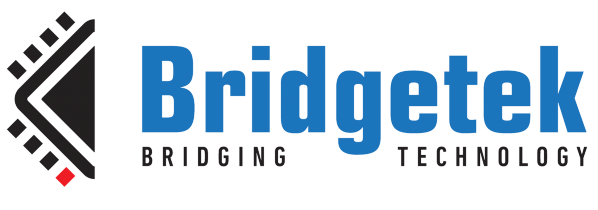196
Discussion - EVE / Re: Touch register intermittently gets correct values
« on: May 05, 2022, 11:53:09 AM »
Hello,
We are pleased to hear that it is working well after Rudolphs advice,
Yes, please note that the register values for the tag and the coordinates will be updated to reflect the current touch status even after the interrupt has triggered and so it is important to read the values as soon as possible after the interrupt. If there is a delay, the touch conditions may have changed (for example the user may have moved their finger or lifted it off the screen) and so you may see newer values compared to those which triggered the interrupt.
Best Regards, BRT Community
We are pleased to hear that it is working well after Rudolphs advice,
Yes, please note that the register values for the tag and the coordinates will be updated to reflect the current touch status even after the interrupt has triggered and so it is important to read the values as soon as possible after the interrupt. If there is a delay, the touch conditions may have changed (for example the user may have moved their finger or lifted it off the screen) and so you may see newer values compared to those which triggered the interrupt.
Best Regards, BRT Community


